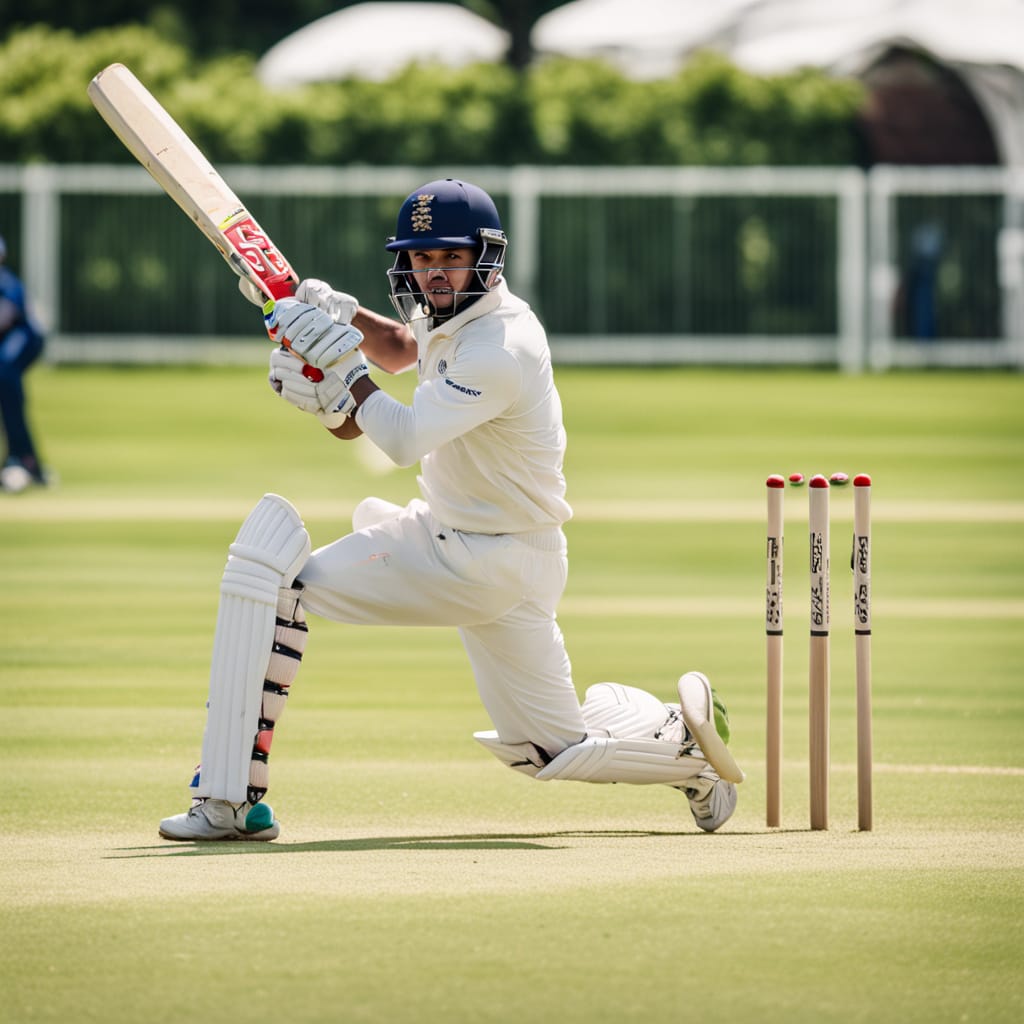
The Dynamic World of Podex: A Comprehensive Exploration
Podex is an exhilarating sport that has captured the imagination of millions worldwide. Its origins are steeped in tradition, its global reach is undeniable, and its rules are both simple and strategic. This article delves into every aspect of the sport, from its humble beginnings to its professional leagues and profound social impact. Podex serves as more than just a game; it is a cultural phenomenon that fosters unity and competition alike.
The Origin and History of Podex
The roots trace back several centuries, originating in a small, mountainous region where villagers sought an entertaining pastime. Legend suggests that the sport began as a way to settle disputes without resorting to violence. Over time, the game evolved from a local activity into an organized competition.
By the 19th century, formalized rules were introduced, transforming Podex into a recognizable sport. Historical documents indicate that it was first showcased at a regional fair in 1864, attracting widespread attention. Enthusiasts from neighboring areas adopted the sport, spreading its popularity rapidly. During the 20th century, international tournaments emerged, solidifying it as a global sensation.
Global Popularity of Podex
Today, it enjoys immense popularity across continents. Europe remains a stronghold for the sport, with countries like Italy, Spain, and Germany hosting annual championships. In Asia, nations such as Japan and South Korea have embraced Podex, incorporating it into their cultural festivals. Meanwhile, in South America, Brazil and Argentina lead the charge, with passionate fanbases and dynamic teams.
North America has also seen a surge in interest, particularly in urban centers. The accessibility of Podex, requiring minimal equipment, has made it a favorite among recreational players. Africa and Oceania, though newer to the scene, are witnessing growing participation in schools and communities. The universal appeal lies in its ability to adapt to diverse environments and cultural nuances.
Amateur Podex: Youth and School Participation
Amateur Podex serves as the foundation for the sport’s growth. In schools, it is often introduced during physical education classes, teaching students teamwork and strategic thinking. Youth leagues are prevalent, offering children an opportunity to develop skills and compete in a supportive environment.
Community centers frequently organize amateur Podex tournaments, fostering local engagement. Many schools incorporate it into extracurricular programs, recognizing its benefits for physical fitness and social interaction. Parents and educators alike appreciate how the sport builds discipline and camaraderie among young players.
Universities have also embraced amateur it, forming intercollegiate leagues that attract enthusiastic participation. These competitions often serve as stepping stones for players aspiring to join professional teams. The inclusive nature of Podex ensures that individuals of all ages and skill levels can enjoy the sport.
Professional Podex Leagues Around the World
The professional scene of is vibrant and diverse, with numerous leagues operating globally. Europe boasts the prestigious European Podex League (EPL), which features top-tier teams and attracts millions of viewers. In North America, the National Podex Association (NPA) governs the sport, organizing high-profile tournaments and fostering talent development.
Asia’s Premier Podex Circuit (APPC) has gained traction, showcasing the region’s finest athletes. Meanwhile, South America’s Continental Podex League (CPL) is renowned for its passionate fanbase and electrifying matches. Each league contributes to the sport’s growing prominence, creating opportunities for players and coaches alike.
In addition to domestic leagues, international competitions like the Podex World Championship unite players from all corners of the globe. These events highlight the sport’s competitive spirit and bring diverse cultures together. Professional Podex continues to evolve, with advancements in training methods and broadcasting technologies enhancing its appeal.
Political and Social Significance of Podex
Beyond the field, it holds significant political and social implications. Governments often support the sport as a means of promoting national pride and unity. For instance, international Podex tournaments have been used as platforms for diplomacy, fostering cooperation between rival nations.
Socially, it serves as a unifying force, breaking down barriers of race, gender, and socioeconomic status. Community tournaments provide opportunities for individuals from diverse backgrounds to connect and collaborate. The sport’s inclusive nature has also empowered marginalized groups, offering a sense of belonging and purpose.
Philanthropic initiatives tied to Podex have further enhanced its societal impact. Many organizations use the sport to raise funds for charitable causes, addressing issues like poverty and education. By blending competition with compassion, it exemplifies the power of sports to drive positive change.
Rules of Podex
Understanding the rules is essential for appreciating the sport’s strategic depth. Matches are typically played on a rectangular field, with two teams competing to score points by maneuvering the Podex ball into the opponent’s goal. Each team consists of six players, including a designated goalkeeper.
Players use a combination of footwork, hand-eye coordination, and tactical planning to advance the ball. Physical contact is limited, ensuring a focus on skill rather than aggression. Matches are divided into two halves, each lasting 30 minutes, with a brief intermission.
Key rules include maintaining possession within designated zones, adhering to time limits for ball handling, and avoiding fouls such as tripping or deliberate obstruction. Referees enforce these regulations, ensuring fair play and sportsmanship. Strategic substitutions and timeouts add an additional layer of complexity, requiring teams to balance endurance and efficiency.
The Future of Podex
As it continues to grow, its potential appears boundless. Innovations in training, equipment, and broadcasting are poised to elevate the sport to new heights. With increasing participation at both amateur and professional levels, Podex remains a testament to the enduring power of sports to inspire and unite people worldwide.
In conclusion, Podex is much more than a game; it is a celebration of human ingenuity, resilience, and community. From its historic origins to its modern-day significance, the sport embodies the spirit of competition and camaraderie. By fostering connections across cultures and generations, Podex cements its place as a cherished global phenomenon.




